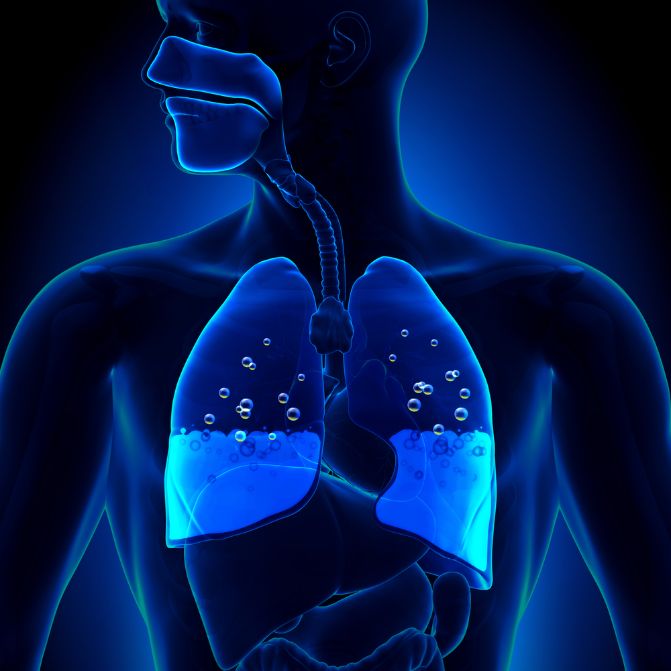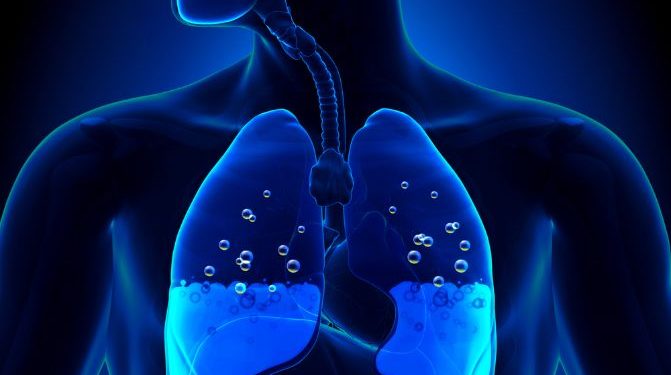Pulmonary hypertension is a serious heart and lung disease that causes your right side of the heart to work harder than normal. It makes it difficult for your heart to pump blood through the lungs, where it picks up oxygen and releases carbon dioxide.
This increases the pressure on your pulmonary arteries (blood vessels that take blood to the lungs). It also puts extra stress on the rest of your heart and can cause damage to your heart muscle.
Common symptoms include chest pain, weakness or shortness of breath. Other signs can include tiredness, dizziness or lightheadedness.
If you have pulmonary hypertension, your cardiologist or pulmonologist may recommend medicine or other treatments to control your symptoms and reduce your risk of developing more severe complications such as heart failure. Treatments can also help you to manage the condition more effectively and improve your quality of life.
Your doctor may need to perform tests to correctly diagnose your condition. They will ask you about your symptoms and medical history, and may carry out a physical examination to look at your heart and lungs.
They may do a test called an exercise (stress) test on a treadmill or stationary bike to see how well your heart and lungs work together. They will also check your lungs with an X-ray to look for any abnormalities in the tissue.

Another type of testing is a cardiac catheterization, which can show if the pressures in your pulmonary arteries are high enough to cause pulmonary hypertension. This test can also help your doctor determine the best medications to use to lower your pulmonary blood pressure.
There are five groups of pulmonary hypertension, depending on the cause. The most common cause is group 2 pulmonary hypertension, caused by left-sided heart disease.
The heart’s mitral valve, which lets oxygen-carrying blood pass from the upper heart chamber to the lower one, can get too stretchy or narrow. Over time, this can cause your heart to fail and the valve to close off. This can cause your left ventricle to fill with blood and enlarge, raising the pressure in your pulmonary arteries.
Other heart problems can cause pulmonary hypertension, such as congenital heart diseases or coronary artery disease. These conditions can cause a hole to form in your heart between the two lower heart chambers, known as a ventricular septal defect. This can cause your blood to mix with oxygen-poor blood and then flow back into the lungs, increasing the pressure in your pulmonary arteries and causing pulmonary hypertension.
In some cases, pulmonary hypertension is part of another medical condition such as COPD or interstitial lung disease. These disorders cause fibrosis, or scarring, in the tissue of your lungs, which makes it harder for you to breathe.
Other medical conditions that increase your risk of pulmonary hypertension include diabetes, kidney disease, heart and liver diseases and tumors. Some medicines used to treat these illnesses can also cause pulmonary hypertension.









